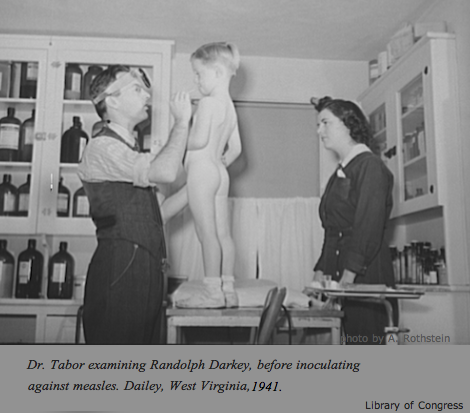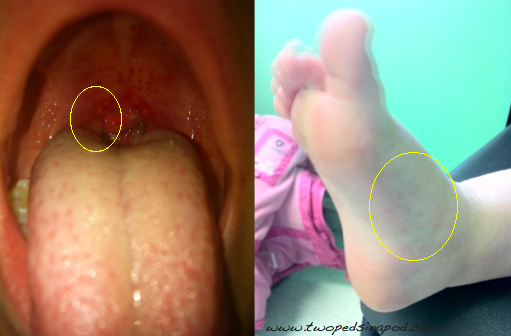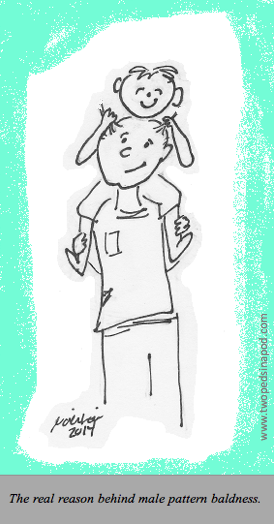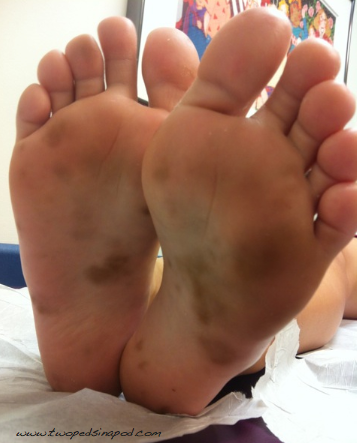The return of measles- What to look for in your child
 Yet another reminder about the signs and symptoms of measles from a health agency landed in our email inbox the other day. The reason? According to the Centers for Disease Control, as of this point, the United States has seen more measles cases this year (almost 600 reported) than in the past decade (typically 60 cases per year). Organizations are reminding physicians about the symptoms of measles because thanks to vaccinations, many pediatricians have not seen a case of the measles in decades. In this post, we pass the information on to you. After all, you will be the first to recognize that your child is ill.
Yet another reminder about the signs and symptoms of measles from a health agency landed in our email inbox the other day. The reason? According to the Centers for Disease Control, as of this point, the United States has seen more measles cases this year (almost 600 reported) than in the past decade (typically 60 cases per year). Organizations are reminding physicians about the symptoms of measles because thanks to vaccinations, many pediatricians have not seen a case of the measles in decades. In this post, we pass the information on to you. After all, you will be the first to recognize that your child is ill.
Measles typically starts out looking like almost every other respiratory virus— kids develop cough, runny nose, runny bloodshot eyes, fever, fatigue, and muscle aches.
Around the fourth day of illness, the fever spikes to 104 F or more and a red rash starts at the hairline and face and works its way down the body and out to arms and legs, as shown here at the Immunization Coalition site. Many kids also develop Koplik spots on the inside of the mouth (small, slightly raised, bluish-white spots on a red base) 1-2 days before rash.
In the US, one in 10 kids with measles will develop an ear infection and one in 20 will develop pneumonia. Roughly one in 1000 kids develop permanent brain damage, and up to two in 1000 who get measles die from measles complications. Kids under age 5 years are the most vulnerable to complications. These statistics are found here. For global stats on measles, please see this World Health Organization page.
There is no cure for measles and there no way to predict if your child will have a mild or severe case. Fortunately, one dose of the MMR (Measles, Mumps, Rubella) vaccine is 92% effective at preventing measles, and two doses are 97% effective at preventing measles. That’s the best we can do, but this 97% protection rate works great when everyone is vaccinated. The American Academy of Pediatrics recommends giving the first dose of MMR vaccine at 12-15 months and the second dose at school entry, between 4-6 years of age.
If parents refuse the MMR vaccination for their children, then more people are left susceptible to measles. This leads to more people who can spread the disease when it hits a community. Measles is one of the most contagious diseases known: 9 out of 10 unvaccinated people exposed to measles will become sick, and infected people are contagious even before symptoms appear. One of the reasons behind the increase in measles cases is the increase in unvaccinated children. One patient of Dr. Kardos’s was a four-year-old boy who was behind on his vaccines and hospitalized for measles pneumonia. Before he was diagnosed he exposed an entire Emergency Department to measles.
In our global world, another reason for the spike in measles cases is the increase in travel between countries. In fact, young children traveling internationally often need to get the MMR vaccine outside of the routine schedule. If you plan on traveling, check here to see if you need to give your child the MMR vaccine on an early schedule.
With increased vigilance and vaccination, hopefully measles will once again become a disease few doctors have ever encountered. After all, vaccines did eradicate small pox. The last case of smallpox in the United States was in 1949, and the last case in the world was in 1977. In the meantime, you’ll know how to “spot” a case of measles too.
Julie Kardos, MD and Naline Lai, MD
©2014 Two Peds in a Pod®




 Babies and children love bath time and are drawn to water play. Today we bring you the splash on swimming.
Babies and children love bath time and are drawn to water play. Today we bring you the splash on swimming. Dr. Lai will be up at Brown University this weekend giving a primary care pediatrician’s perspective on concussions (traumatic brain injuries) at a parent forum. A lot has changed since you were a kid. As she prepared, we mulled over questions we commonly encounter and thought we’d pass them on to our parents:
Dr. Lai will be up at Brown University this weekend giving a primary care pediatrician’s perspective on concussions (traumatic brain injuries) at a parent forum. A lot has changed since you were a kid. As she prepared, we mulled over questions we commonly encounter and thought we’d pass them on to our parents:  Just in time for Field Day and pool openings, today we provide sunburn protection information.
Just in time for Field Day and pool openings, today we provide sunburn protection information.  Until I became a mother I never thought…
Until I became a mother I never thought…